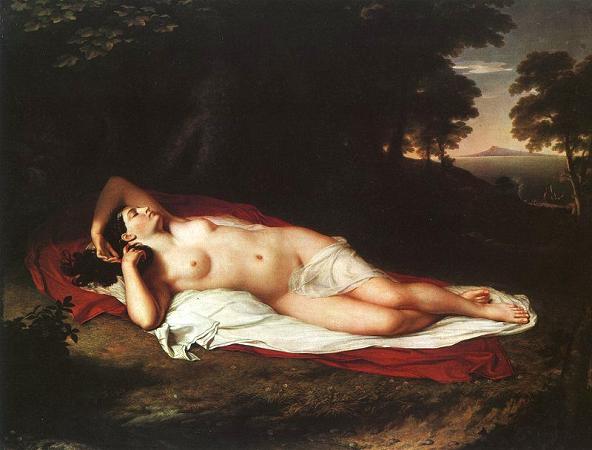Pennsylvania Academy of Fine Arts. The Pennsylvania Academy of the Fine Arts is a museum and art school in Philadelphia, Pennsylvania. It was founded in 1805 and is the first and oldest art museum and art school in the United States. The academy's museum is internationally known for its collections of 19th-and 20th-century American paintings, sculptures, and works on paper. Its archives house important materials for the study of American art history, museums, and art training. The Pennsylvania Academy of the Fine Arts was founded in 1805 by painter and scientist Charles Willson Peale, sculptor William Rush, and other artists and business leaders. The growth of the Academy of Fine Arts was slow. For many years it held its exhibitions in an 1806 building, designed by John Dorsey with pillars of the Ionic order. It stood on the site of the later American Theater at Chestnut and 10th streets. The academy opened as a museum in 1807 and held its first exhibition in 1811, where more than 500 paintings and statues were displayed. The first school classes held in the building were with the Society of Artists in 1810. The Academy had to be reconstructed after the fire of 1845. Some 23 years later, leaders of the academy raised funds to construct a building more worthy of its treasures. They commissioned the current Furness-Hewitt building, which was constructed from 1871. It opened as part of the 1876 Philadelphia Exposition. In 1876, former Academy student and artist Thomas Eakins returned to teach as a volunteer. Fairman Rogers, chairman of the Committee on Instruction from 1878 to 1883, made him a faculty member in 1878, and promoted him to director in 1882. Eakins revamped the certificate curriculum to what it used to be today. Students in the certificate program learned fundamentals of drawing, painting, sculpture, and printmaking for two years. For the next two years, they had conducted independent study, guided by frequent critiques from faculty, students, and visiting artists. From 1811 to 1969, the Academy organized important annual art exhibitions, from which the museum made significant acquisitions. Harrison S. Morris, Managing Director from 1892 to 1905, collected contemporary American art for the institution. Among the many masterpieces acquired during his tenure were works by Cecilia Beaux, William Merritt Chase, Frank Duveneck, Thomas Eakins, Winslow Homer, Childe Hassam, and Edmund Tarbell. Work by The Eight, which included former Academy students Robert Henri and John Sloan, is well represented in the collection. It provides a transition between 19th-and 20th-century art movements. From 1890 to 1906, Edward Hornor Coates served as the tenth president of the Academy. In 1915, Coates was awarded the Academy's gold medal. Painter John McLure Hamilton, who began his art education at the Academy under Thomas Eakins, in 1921 described the contributions Coates made during his tenure: The reign of Mr. Coates at the Academy marked the period of its greatest prosperity. Rich endowments were made to the schools, a gallery of national portraiture was formed, and some of the best examples of Gilbert Stuart's work acquired. The annual exhibitions attained a brilliancy and eclat hitherto unknown. Mr. Coates wisely established the schools upon a conservative basis, building almost unconsciously the dykes high against the oncoming flow of insane novelties in art patterns. In this last struggle against modernism the President was ably supported by Eakins, Anschutz, Grafly, Thouron, Vonnoh, and Chase. His unfailing courtesy, his disinterested thoughtfulness, his tactfulness, and his modesty endeared him to scholars and masters alike. No sacrifice of time or of means was too great, if he thought he could accomplish the end he always had in view, the honour and the glory of the Academy. It was under Mr. Coates' enlightened direction that was fulfilled the expressed wish of Benjamin West, the first honorary Academician, that Philadelphia may be as much celebrated for her galleries of paintings by the native genius of the country, as she is distinguished by the virtues of her people; and that she may be looked up to as the Athens of the Western World in all that can give polish to the human mind. During World War I, Academy students were actively involved in war work. About sixty percent of the young men enlisted or entered Government service, and probably all of the young women and all the rest of the young men were directly or indirectly engaged in war work. A war service club was formed by students and a monthly publication, The Academy Fling, was sent to service members.
more...














